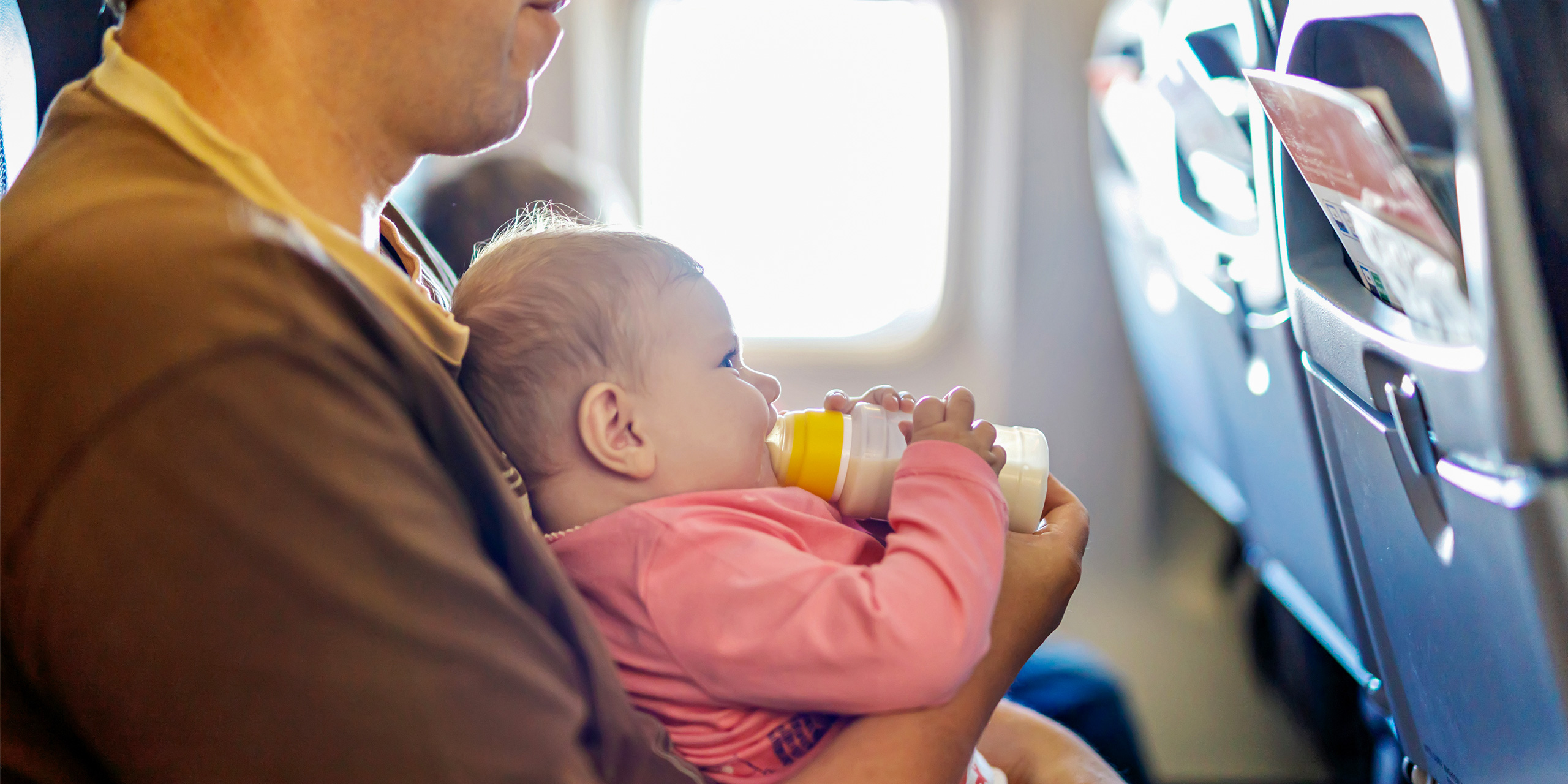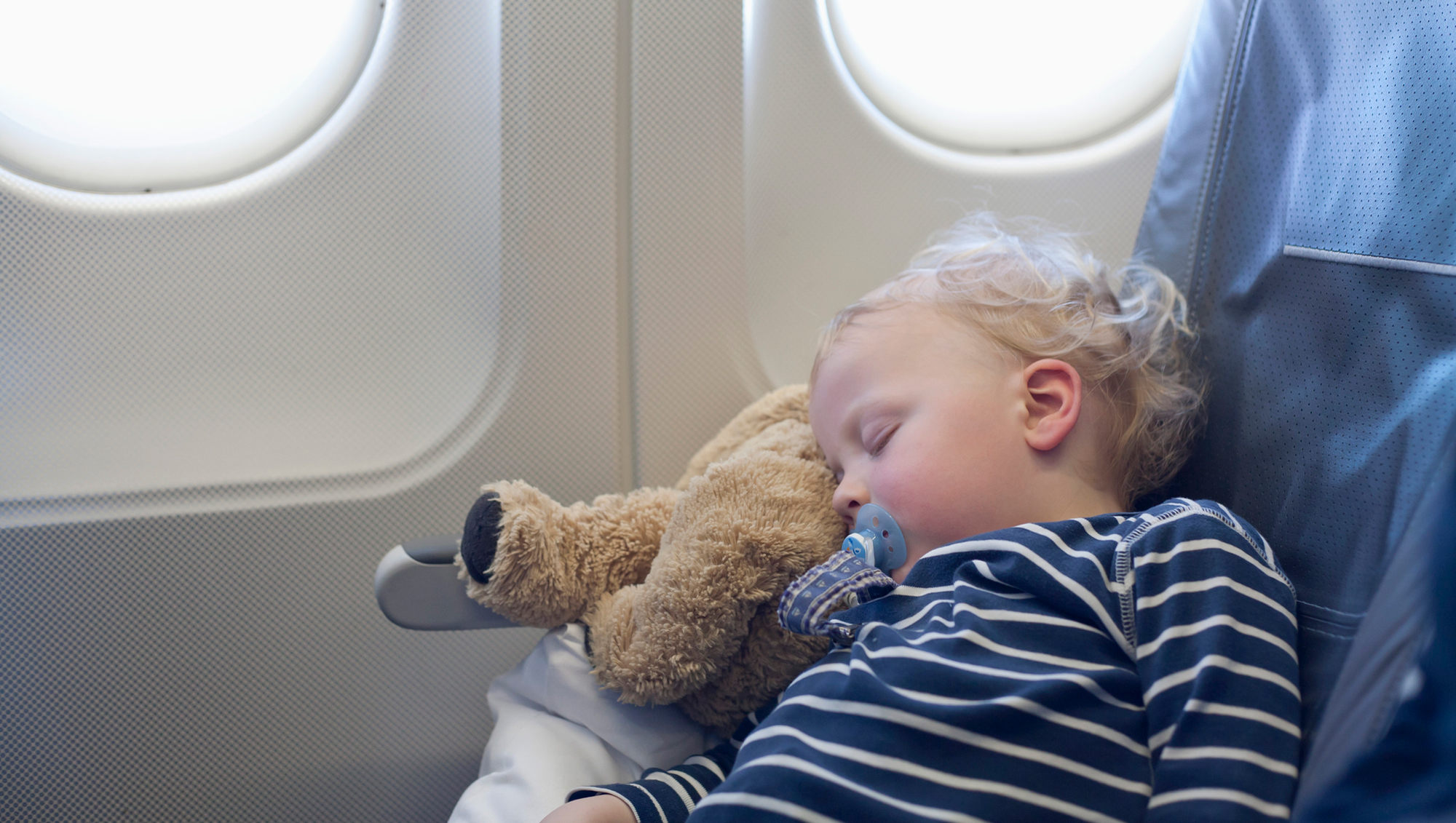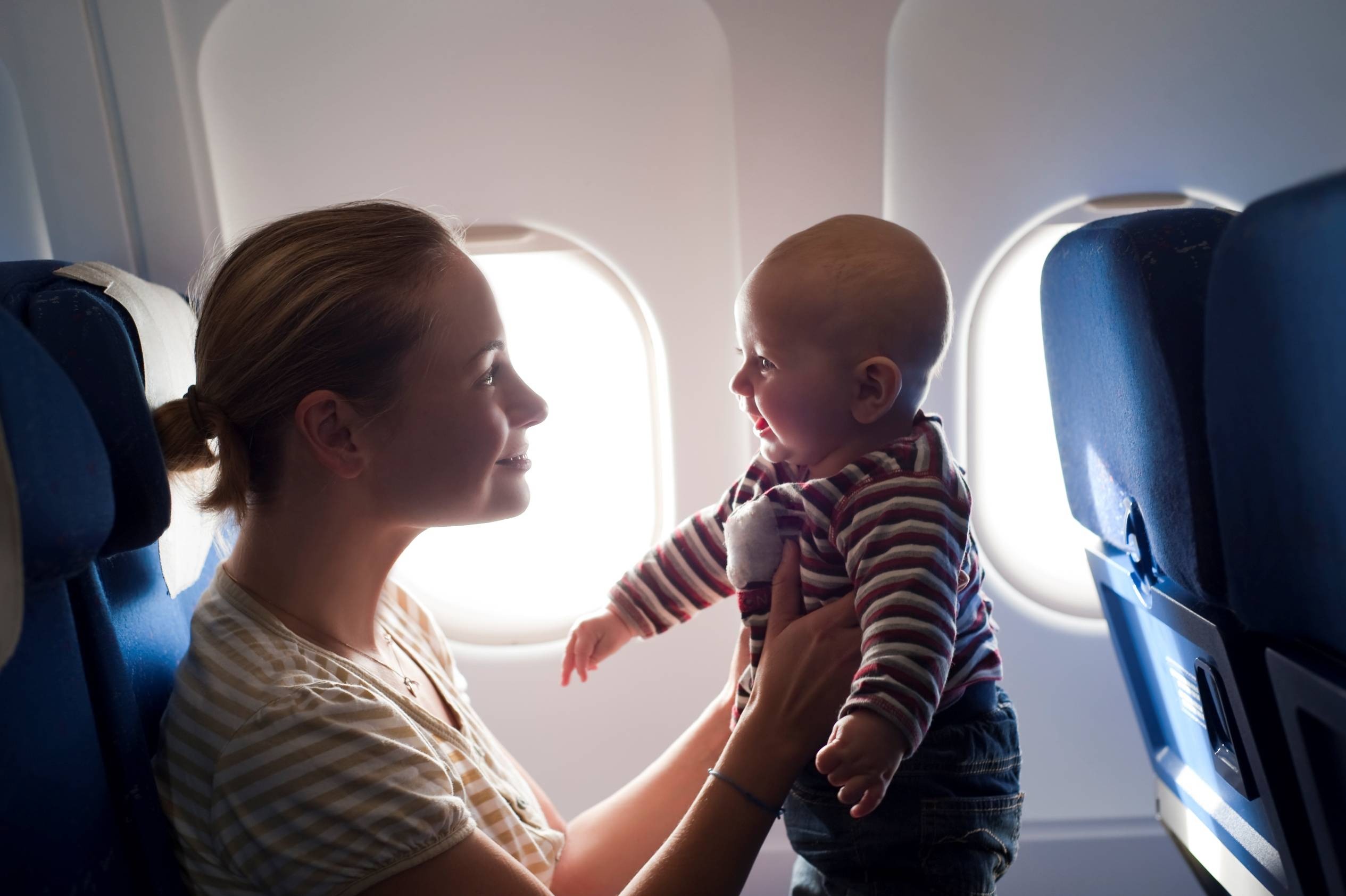
Adviсes • 30 May, 2025
At times, it howls like a beast, and then cries like a child
A long flight and a change of time zones — not the most pleasant part of a trip, especially for children. While teenagers can often manage, for young children, this kind of travel can be much more challenging.
The Centrum Travel Magazine team, in collaboration with pediatrician-neonatologist Seydali Seyranovich Abylatifov, has prepared a short guide to help you prepare for flying with a child, so they can feel calm and comfortable on board.
What to bring on board? To make the flight as comfortable as possible, it’s important to approach it correctly and make sure you pack the essentials: - Water and familiar food for the child; For older children, you can also bring books, coloring books, and puzzles. As for medications, you don’t need to worry: every plane is equipped with a first aid kit that can be used if necessary. Just bring the medications that are essential for your child. If your child suffers from chronic illnesses, such as bronchial asthma, don’t forget the inhaler with the prescribed medication. This also applies to children prone to allergies: in that case, it’s definitely worth bringing an antihistamine. Takeoff and landing: action plan During ascent and descent, the air pressure in the cabin changes, which can cause pain in the ear canals. Regular swallowing helps equalize the pressure in the middle ear, so to reduce your child’s discomfort, feed them, give them a bottle or a pacifier. Older children can be given candy. If your child has had an ear infection or surgery less than two weeks before the flight, consult with an ENT doctor to determine whether it’s safe to fly. Also, during takeoff, it can be very noisy in the cabin. To prevent these sounds from frightening an infant, you can put noise-canceling headphones on them — they will also sleep better. How to get your child to sleep during the flight Try to schedule the flight to coincide with your child’s sleep schedule. For example, choose an overnight flight or a daytime one that fits your usual routine. To help a baby fall asleep, use the same methods that work at home: offer food, a pacifier or bottle, and wrap them in a blanket so they don’t disturb themselves with their arms. Older children can be given plenty of playtime before the flight so that a bit of fatigue helps them fall asleep more easily. However, it’s best to avoid medication. Pediatricians advise against giving over-the-counter diphenhydramine-based medications to make a child drowsy, as they can sometimes make children more agitated. How to change a diaper on the plane Ideally, this is easier to do before the flight, but different situations can arise. So don’t forget to pack a couple of spare diapers and wet wipes in your carry-on. Most airplane restrooms have a changing table. It’s not very comfortable, but at least it frees up your hands. And don’t hesitate to ask the flight attendant for help if something’s not working out — especially if you’re flying alone with the child. What to do if your child cries A classic situation: one child starts crying on the plane, and soon others join in — it’s unavoidable. But the more calm and resourceful you are, the easier it will be to soothe and distract your child. The specific solution depends on age: - A preschooler will most likely complain about ear pressure: give them a lollipop or candy and offer words of sympathy. And finally: don’t get upset by passengers who may make remarks. Children are individuals; their behavior often has little to do with your actions, and crying is sometimes the only way they can express discomfort. You’re already doing everything you can.
- A bib;
- Extra clothing (a set of clothes, a diaper, a blanket);
- A couple of toys (preferably ones the child has not seen before — they will be more interested);
- Some “fairy tales” (if your child can’t fall asleep without this ritual).


-Children aged 1 to 3 may also struggle with takeoff and descent, as well as with tiredness or boredom. If they’re sleepy — try to rock them; if not — food and entertainment are the options.
- For infants, there are many possible reasons: hungry, wet, tired, overheated, uncomfortable position. If the diaper is dry and the baby is breastfed, try nursing them — sometimes that’s all it takes to stop the crying.
- For parents with bottle-fed babies, it’s a bit more complicated — you’ll have to rock them manually. Try to immobilize the baby using a blanket — you don’t need to swaddle them fully, just wrap their arms and legs gently.